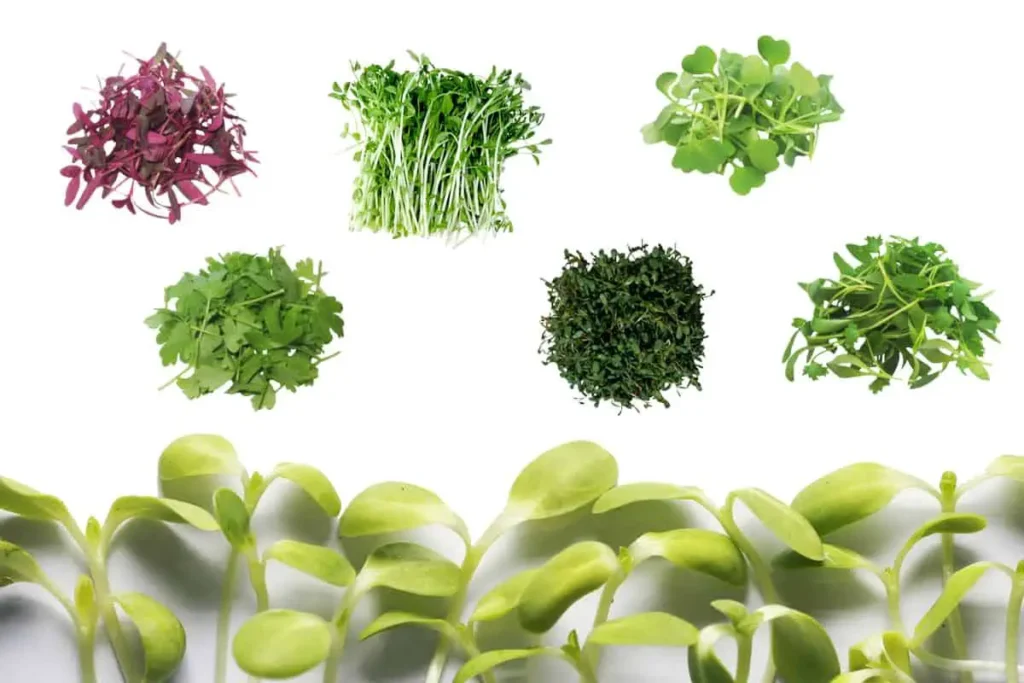Living in a city doesn’t mean you have to accept poor air quality as inevitable. The best plants for combating urban pollution can dramatically improve the air around your home, with some species removing nearly 80% of harmful particulates from the atmosphere. After analyzing extensive research from universities and environmental organizations, I’ve compiled this comprehensive guide to help you create your own pollution-fighting garden.
Urban pollution isn’t just an abstract environmental concern—it directly affects our daily health and well-being. Traffic emissions, industrial activities, and urban dust create a cocktail of harmful particles that we breathe every day. But here’s the encouraging news: strategic plant selection can create meaningful change in your immediate environment.
Key Takeaway
Research from Lancaster University shows that the right plants can remove up to 79% of particulate matter from the air, with some species like Cotoneaster franchetii proving 20% more effective than traditional hedging plants.
Your Urban Pollution-Fighting Garden Journey
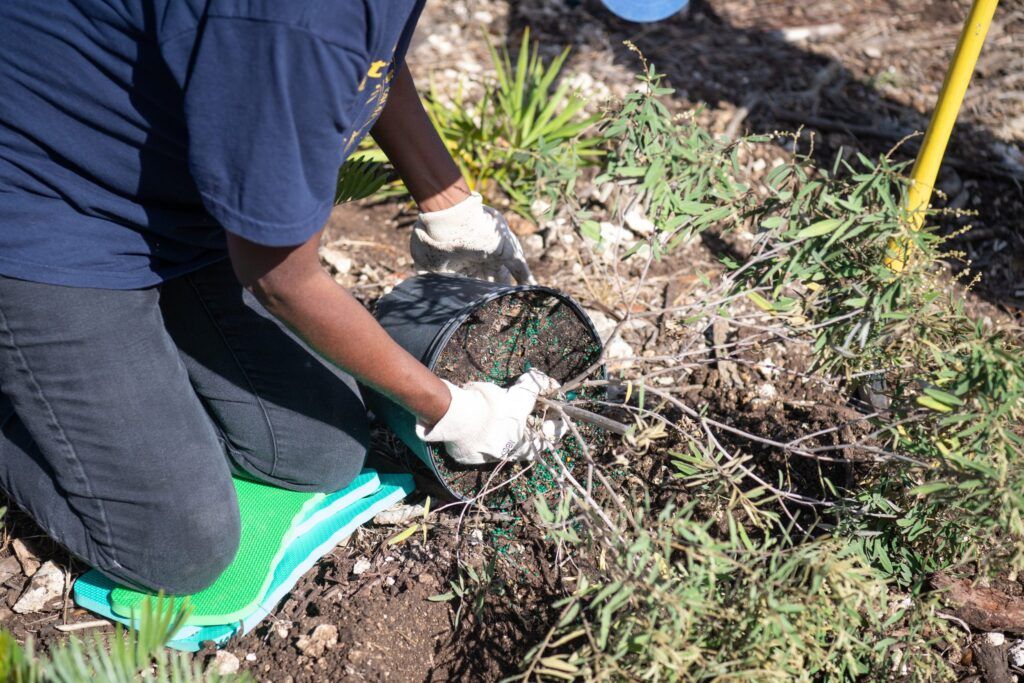
Month 1: Planning & Planting
Start with fast-establishing species like Cotoneaster franchetii and silver birch saplings. These pollution-fighting champions begin working immediately.
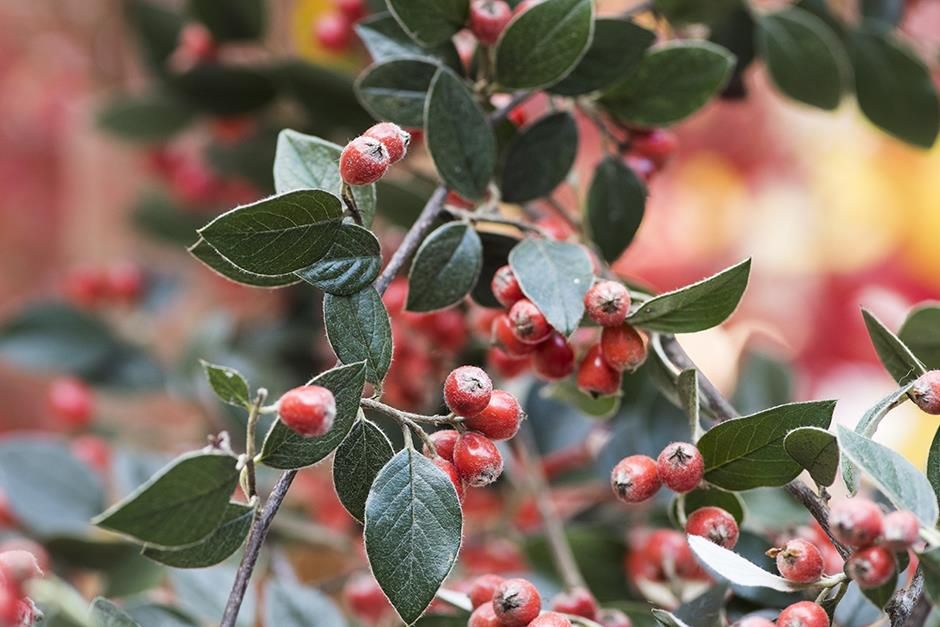
Month 6: Establishing Growth
Your pollution-filtering hedge reaches optimal density. Cotoneaster’s hairy leaves are now actively trapping 20% more particulates than standard plants.
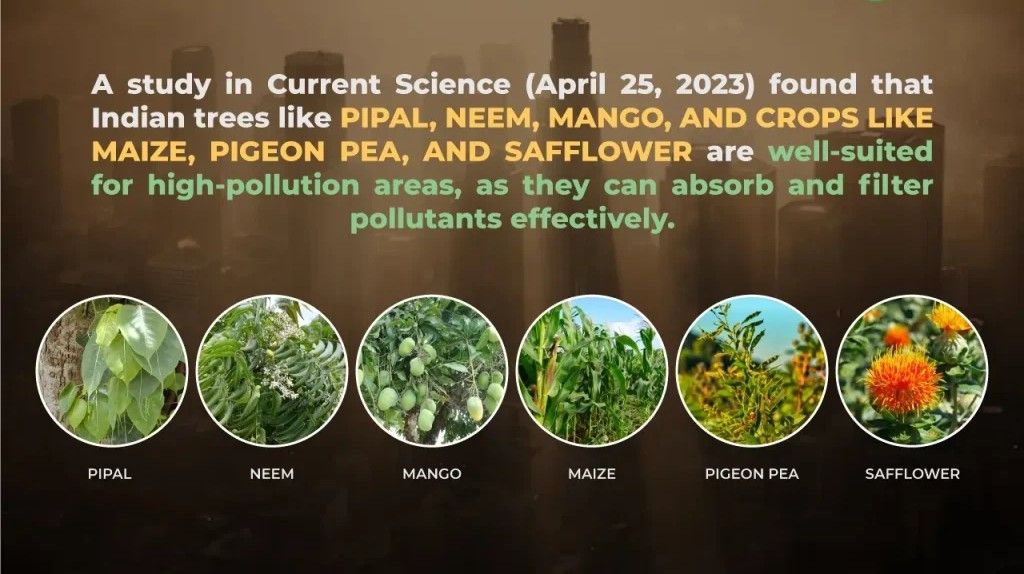
Year 2: Maximum Impact
Your mature pollution-fighting garden creates a measurable difference in local air quality, with established trees removing thousands of pounds of pollutants annually.
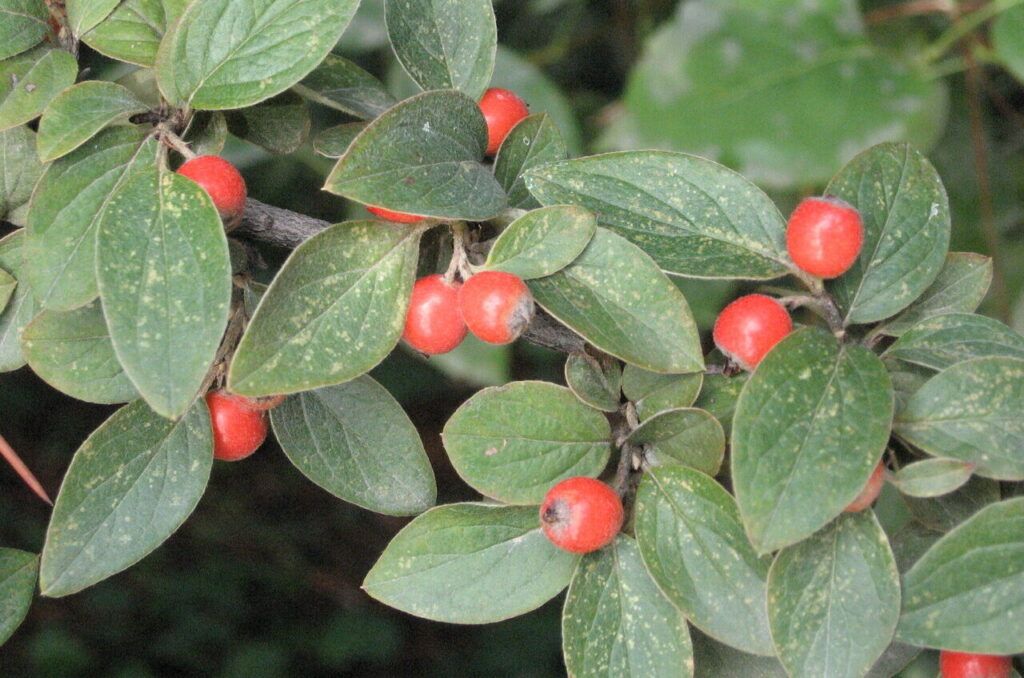
Research Validation
Scientific studies confirm your plant choices are delivering measurable results, with wind-tunnel tests showing up to 79% particle removal rates.
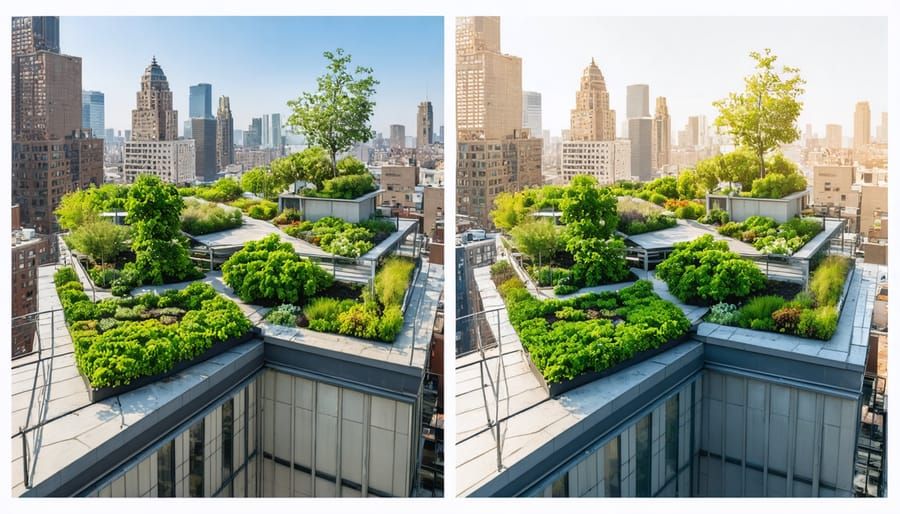
Seasonal Adaptation
Your evergreen selections continue filtering air year-round, while deciduous species provide peak performance during growing season.
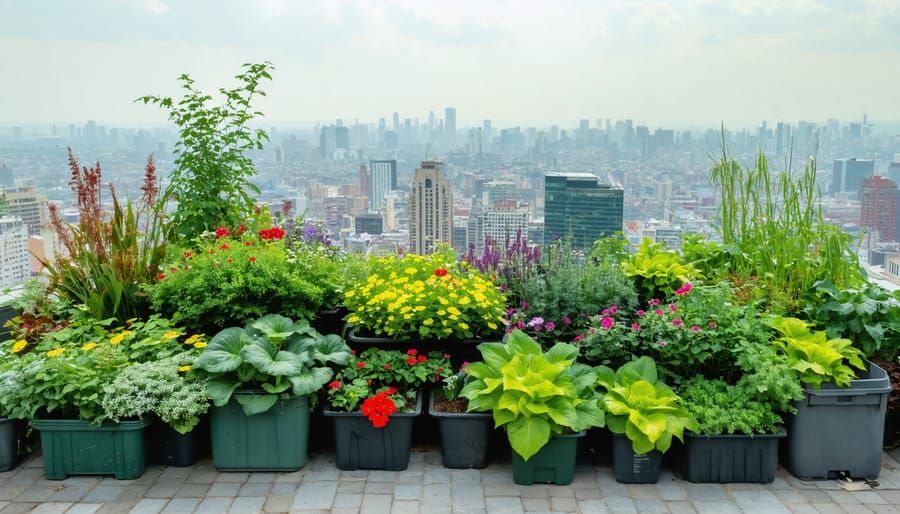
Community Impact
Your success inspires neighbors, creating a network of pollution-fighting gardens that collectively improve neighborhood air quality.
Complete Step-by-Step Guide to Urban Pollution Control Gardening
1. Choose Your Pollution-Fighting Champions
Top-Performing Species
Cotoneaster franchetii
20% more effective than other hedges • Dense, hairy leaves • Year-round performance
Silver Birch
79% particle removal rate • Furry leaf surfaces • Fast-growing
Yew Trees
71% particle removal • Evergreen coverage • Dense foliage structure
Pine & Cypress
Best overall conifer performance • Large surface area • Low VOC emissions
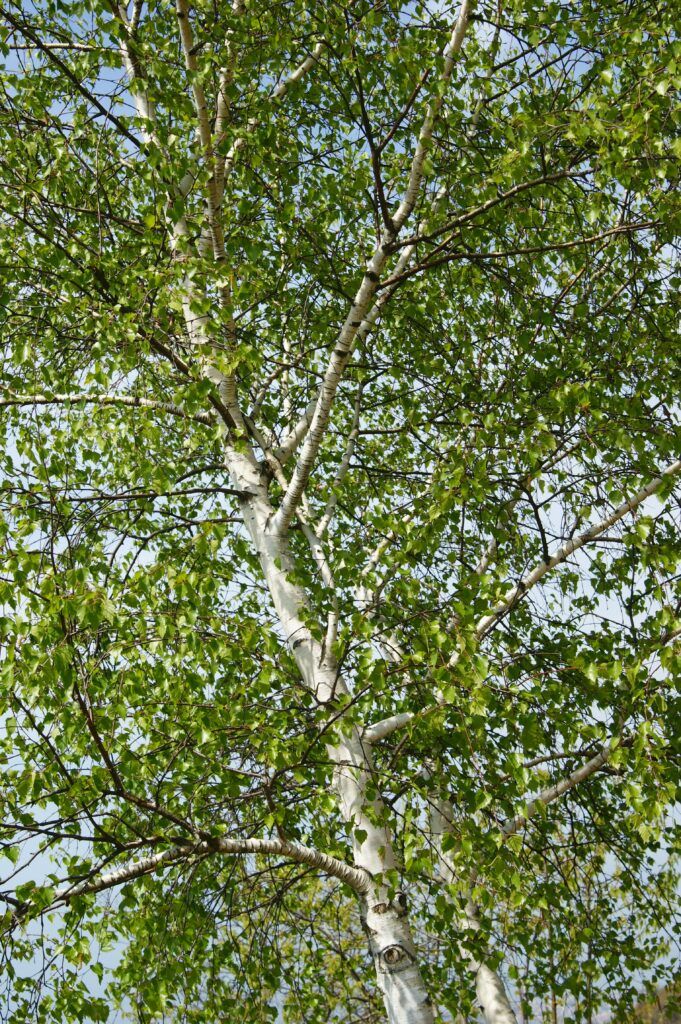
2. Strategic Placement for Maximum Pollution Control
Roadside Barriers
Plant dense hedges 3-5 feet from busy streets. Minimum 2.5m height, 1m width for optimal filtering.
Multi-Layer Defense
Create 3 layers: tall trees (pine/cypress), medium shrubs (cotoneaster), ground cover (hairy-leaf plants).
Wind Patterns
Position plants perpendicular to prevailing winds for maximum particle interception.
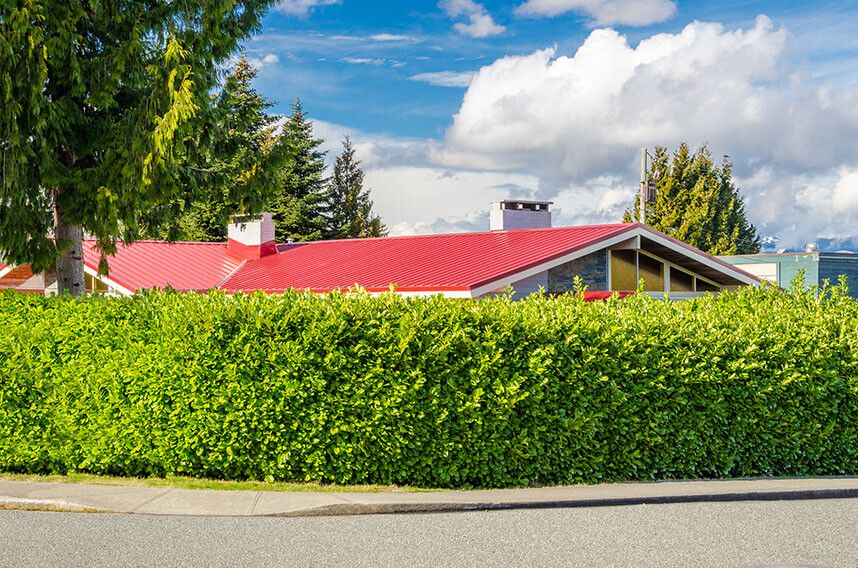
3. Soil Preparation and Urban Challenges
Essential Soil Improvements
- Organic Matter Addition: Mix 30% compost to improve pollution-stressed urban soil
- Drainage Enhancement: Add perlite or sand to prevent waterlogging in dense clay soils
- pH Adjustment: Test and adjust pH to 6.0-7.0 for optimal plant health
- Mulch Application: Apply 2-3 inches of organic mulch to retain moisture and suppress weeds
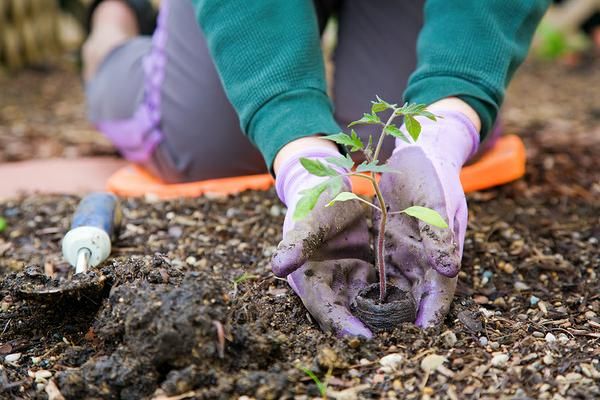
4. Planting and Establishment Techniques
Optimal Planting Schedule
Spring (March-May)
Best for deciduous species like silver birch and elder
Early Summer
Container-grown evergreens establish well
Fall (Sept-Nov)
Ideal for conifers and established specimens
Winter
Avoid planting; plan and prepare instead
Spacing Guidelines
Hedge Plants: 18-24 inches apart for dense pollution barrier
Small Trees: 8-12 feet spacing for mature canopy development
Large Trees: 15-25 feet apart depending on species
Ground Cover: Follow spacing recommendations on plant tags
Watering Strategy
First Month: Daily watering to establish root systems
Months 2-6: Deep watering 2-3 times per week
Established Plants: Weekly deep watering during dry periods
Winter Care: Reduced watering but don’t let evergreens dry out
Adapting the Best Plants for Combating Urban Pollution to Your Climate
Hot Urban Climates
Managing heat stress and drought conditions
Climate-Adapted Species
- Live Oak (heat-tolerant, excellent pollution filtering)
- Pinus pinea (Mediterranean pine, drought-resistant)
- Oleander (pollution-tolerant, heat-loving)
- Texas Red Oak (urban heat island resistant)
Management Strategies
- Install drip irrigation for consistent moisture
- Use reflective mulch to reduce soil temperature
- Create micro-climates with grouping and shading
- Apply anti-transpirant sprays during heat waves
Cold Urban Climates
Winter hardiness and year-round performance
Cold-Hardy Champions
- Norway Spruce (Zone 3, excellent particle capture)
- White Pine (cold-tolerant, low VOCs)
- Common Juniper (evergreen coverage, hardy)
- Paper Birch (deciduous option, very cold-hardy)
Winter Protection
- Wrap young evergreens in burlap first 2 years
- Apply extra mulch around root zones
- Avoid de-icing salt exposure
- Prune after worst weather passes
Humid Urban Climates
Managing moisture and disease pressure
Humidity-Tolerant Options
- Bald Cypress (flood-tolerant, excellent filter)
- Southern Magnolia (broad leaves, pollution-resistant)
- Eastern Red Cedar (native adaptability)
- American Holly (evergreen, disease-resistant)
Disease Prevention
- Ensure proper air circulation between plants
- Avoid overhead watering when possible
- Select disease-resistant cultivars
- Remove fallen leaves promptly
Universal Climate Adaptations
Regardless of your climate zone, these strategies help any pollution-fighting garden succeed:
Site Preparation
- Analyze local wind patterns for optimal placement
- Test soil for contamination before planting
- Consider urban heat island effects in plant selection
Maintenance Adjustments
- Regular leaf washing increases pollution capture
- Annual pruning maintains dense foliage
- Monitor plant health for pollution stress signs
The Science Behind Plant-Based Pollution Control
Research-Backed Effectiveness
Lancaster University Wind-Tunnel Study
Comprehensive testing of nine tree species revealed dramatic differences in pollution capture rates:
Silver Birch: 79% particle removal (furry leaf surfaces)
Yew: 71% removal rate (dense evergreen foliage)
Elder: 70% effectiveness (hairy leaf structure)
Nettles: 32% removal (baseline comparison)
RHS Cotoneaster Research
The Royal Horticultural Society identified Cotoneaster franchetii as a “super plant” for urban pollution control:
20% more effective than other hedge species
One meter of dense hedge equivalent to 800km car journey pollution
Hairy leaf structure optimized for particle trapping
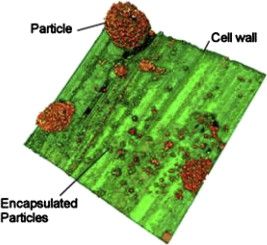
Key Plant Characteristics for Pollution Control
Most Effective
- Hairy/fuzzy leaves
- Dense foliage
- Evergreen coverage
- Rough bark texture
Less Effective
- Smooth, waxy leaves
- Sparse branching
- High VOC emissions
- Deciduous-only coverage
Real-World Impact: How the Best Plants for Combating Urban Pollution Transform Daily Life
Measurable Health Benefits
Respiratory Improvements
Urban gardeners report noticeable improvements in air quality within 6-12 months of establishing pollution-fighting plant barriers. Morning air feels fresher, and there’s less visible dust accumulation on outdoor furniture.
Indoor Air Quality
Dense outdoor plantings reduce the amount of pollution entering homes, leading to cleaner indoor air and less frequent need for air purifier filter changes.
Property Value Enhancement
Well-planned pollution-control landscaping increases property values while providing environmental benefits—a win-win investment for urban homeowners.
Community Ripple Effects
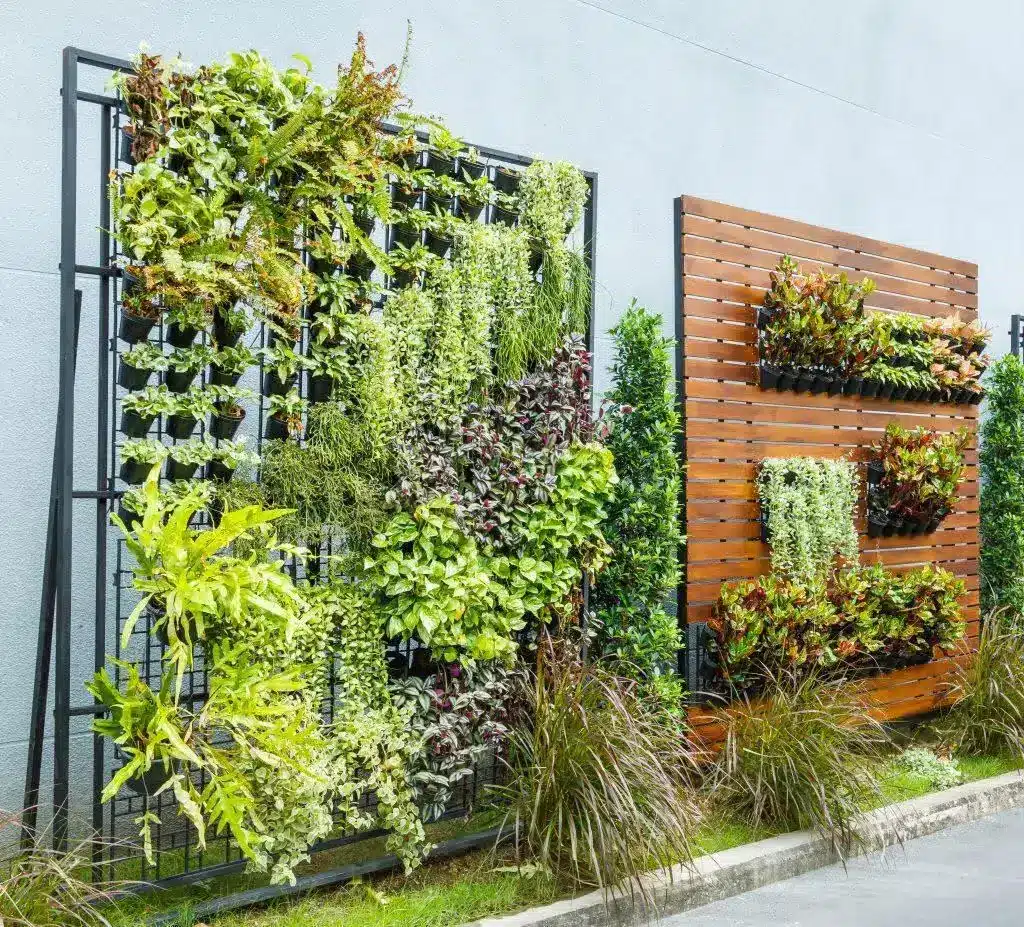
Neighborhood Transformation
Success with pollution-fighting plants often inspires neighbors to create their own green barriers. This collective action can measurably improve air quality across entire city blocks.
Educational Opportunities
Your garden becomes a living demonstration of environmental stewardship, providing opportunities to share knowledge about urban air quality with friends, family, and community members.
Wildlife Benefits
Many pollution-fighting plants also provide habitat for urban wildlife, creating corridors for birds and beneficial insects while improving air quality.
Frequently Asked Questions About the Best Plants for Combating Urban Pollution
How quickly do the best plants for combating urban pollution start working?
Pollution-fighting plants begin working immediately upon planting, but effectiveness increases significantly as they establish. Fast-growing species like silver birch show measurable impact within 3-6 months, while slower-growing conifers reach peak performance in 2-3 years. Dense hedge plantings like Cotoneaster franchetii provide noticeable air quality improvements within the first growing season.
What makes some plants better at fighting urban pollution than others?
The most effective pollution-fighting plants have specific characteristics: hairy or fuzzy leaf surfaces (like silver birch), dense foliage structure (cotoneaster), large surface area (pine needles), and evergreen coverage for year-round performance. Research shows that leaf texture is crucial—hairy leaves trap up to 79% more particles than smooth leaves. Plants with these features physically capture pollution particles rather than just absorbing gases.
Can indoor plants really improve air quality like outdoor pollution-fighting plants?
While indoor plants provide some air purification benefits, outdoor plants are significantly more effective at combating urban pollution. The scale matters—outdoor plants can process thousands of times more air volume and directly intercept pollution at its source. However, combining outdoor pollution barriers with indoor air-purifying plants creates the most comprehensive approach to cleaner air in urban environments.
How much space do I need to create an effective pollution-fighting garden?
Even small spaces can make a meaningful difference. A 6-foot section of dense Cotoneaster hedge can filter pollution equivalent to a long car journey. For maximum impact, aim for at least 10-15 feet of linear hedge planting at 2.5 meters height. Vertical gardening and container growing allow apartment dwellers to contribute to pollution control. The key is density rather than total area—concentrated plantings are more effective than sparse coverage over larger areas.
Do pollution-fighting plants require special maintenance or care?
Most pollution-fighting plants are chosen specifically for their urban tolerance and low maintenance requirements. However, regular leaf washing (monthly during growing season) can increase their effectiveness by removing accumulated particles. Annual pruning maintains dense growth, and organic mulching supports root health in contaminated urban soils. The best species like pine, yew, and cotoneaster are naturally adapted to urban stress conditions.
Which plants should I avoid if I want to reduce urban pollution?
Avoid plants that emit high levels of volatile organic compounds (VOCs) which can worsen air quality, especially in hot weather. London plane trees, while pollution-tolerant, are high VOC emitters. Plants with smooth, waxy leaves like some magnolias are less effective at particle capture. Also avoid species prone to pest problems that require frequent chemical treatments, which can add to urban pollution rather than reducing it.
Start Your Urban Air Quality Transformation Today
The best plants for combating urban pollution are within reach of every city gardener. With scientific research backing their effectiveness and practical guidance for implementation, you have everything needed to create cleaner air in your urban environment.
Start Small
Even a single Cotoneaster hedge makes a measurable difference
Track Progress
Notice improvements in air quality within months
Inspire Others
Your success creates community-wide environmental benefits
Remember: every plant matters in the fight against urban pollution. Your garden doesn’t just beautify your space—it actively cleanses the air for everyone in your community.
